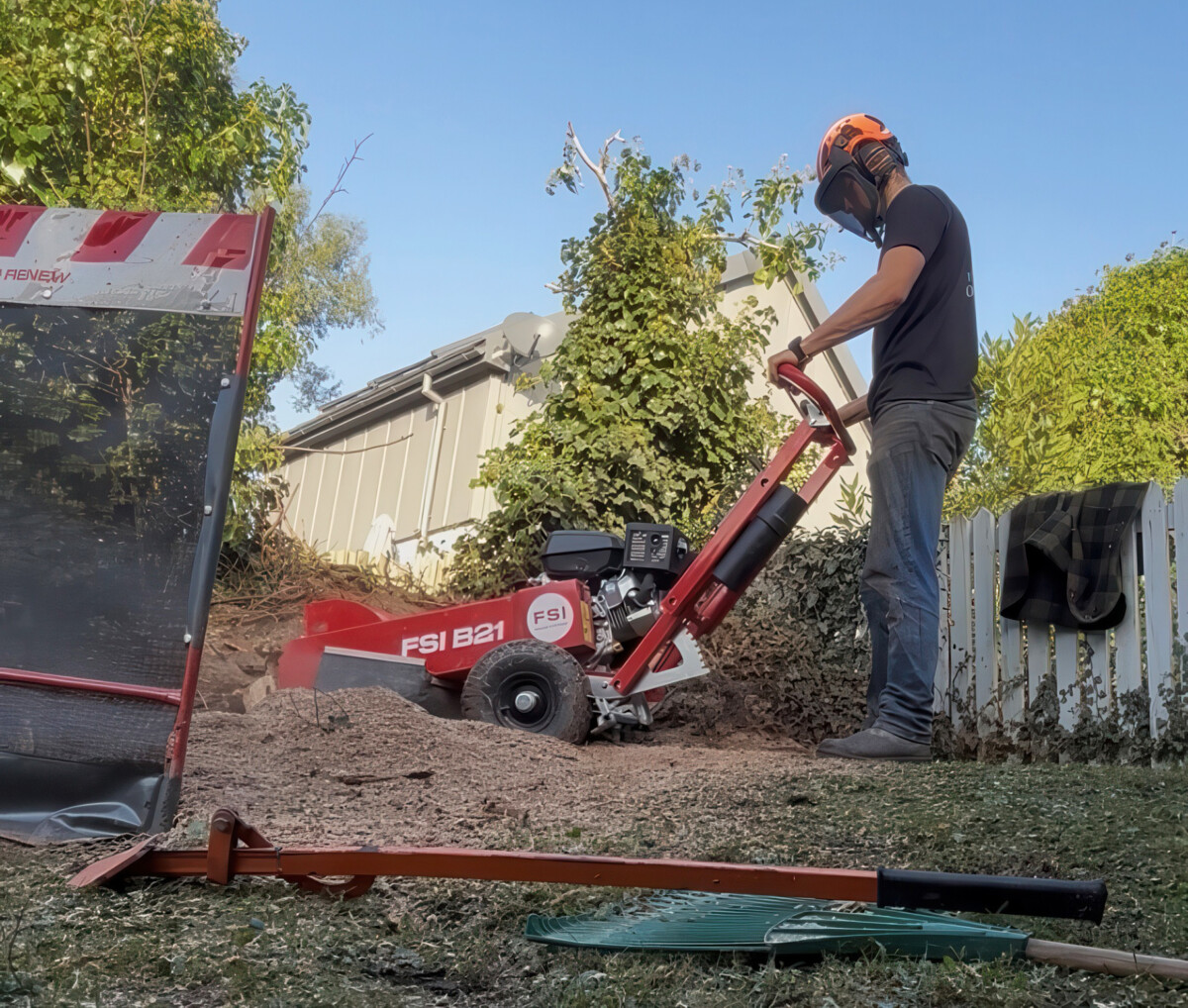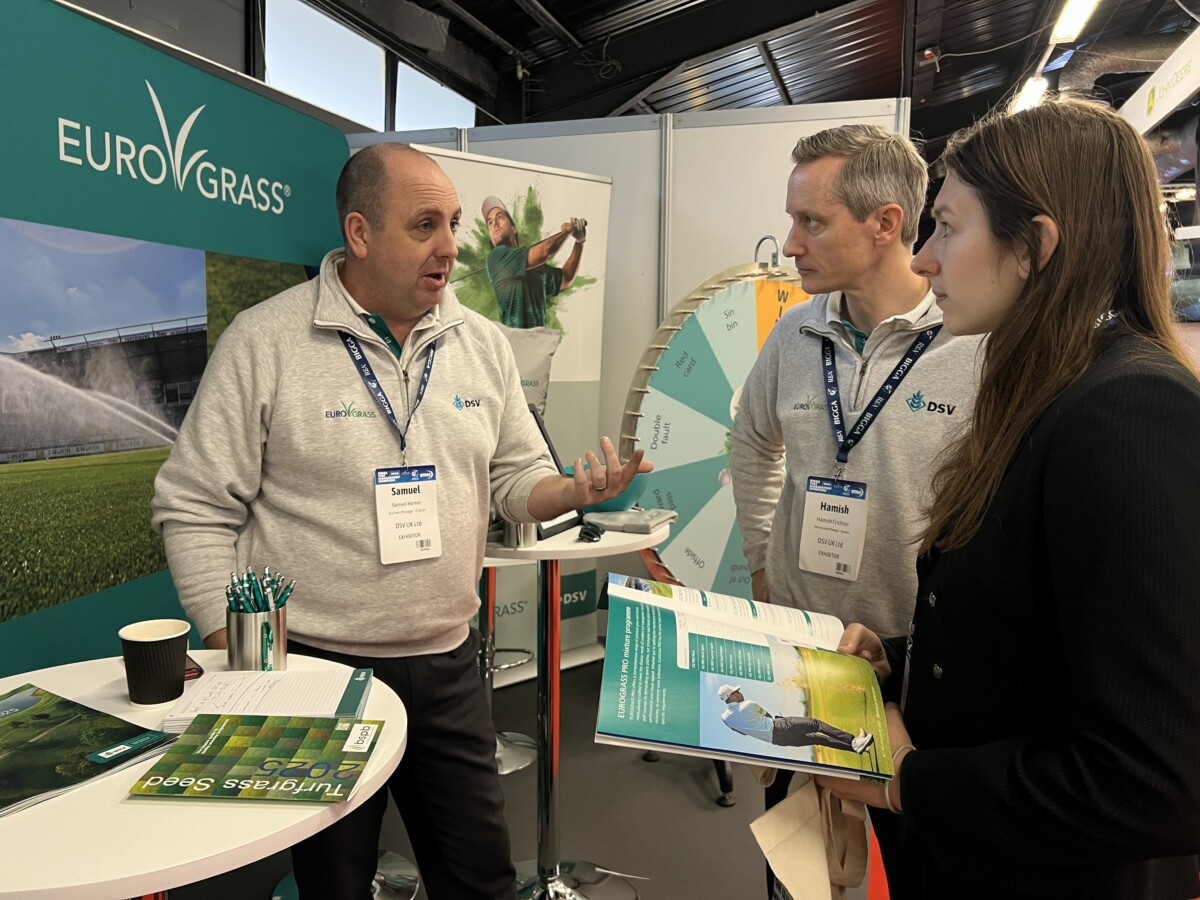Turf management under lockdown: A new research project is set to provide vital answers to the pressing questions of ‘Managing turf under lockdown.’ Crucially, the results will be reported as the trial progresses to enable greenkeepers to make decisions over the coming weeks.
Sponsored by Syngenta, in association with ICL and the STRI, the initiative will give an insight into the implications of lower intensity mowing regimes on fine turf surfaces, along with some of the techniques to more effectively manage growth.

Turf management under lockdown
The trial at Bingley in Yorkshire, led by STRI’s Dr Christian Spring, will deliver up to the minute results of the effects on turf quality, along with suggested actions to help maintain playing surfaces for when normal service can resume.
Syngenta Technical Manager, Marcela Munoz, commented: “At a time when many courses have been forced into actions to reduce mowing frequency, turf managers need answers to what the effects will be on turf quality for the future.
“Rapid reporting of the findings from the trial as they happen could help to make better decisions to maintain turf more efficiently and effectively through this period,” she added.
Assessed weekly, the STRI team will provide a weekly trial update and advice of suggested actions from observations of sward height, uniformity, clipping yield, colour and overall turf health.
Managing turf under lockdown will investigate the results of different mowing regimes on a poa/bentgrass green, with five, three or one cut per week. Further treatments will assess the effects of Primo Maxx II growth regulator applications, at various intervals. It will indicate opportunities to reduce mowing requirement and better maintain turf quality under lower intensity regimes.
The research is also set to validate a new Growing Degree Day calculator, developed by Syngenta to tailor Primo Maxx II application intervals more precisely. For the first time, there will be scientifically assessed GDD data for cool season grasses under UK growing conditions, to enable turf managers to better interpret existing turf growth models for their own individual situations.
Marcela Munoz added the height of cut for all of the treatments would be raised to five mm, to reflect current practice to ease off intensity and to enable turf to optimise use of water and nutrient resources, as well as reduce stress related disease pressure.
“It recognises that most courses are in a holding position to maintain turf without long-term loss of quality. It will enable them to return to previous levels of playability as quickly as possible – without recourse to expensive and time consuming remedial actions.”
She highlighted the information and generated by the research will be applicable for all sports turf surfaces.
Weekly reports and videos from the Managing turf under lockdown initiative will be available on a dedicated webpage of the GreenCast website: www.greencast.co.uk and with further practical advice and commentary on the GreenCast Advisory blog and Twitter @syngentaturfuk
For the latest industry news visit turfmatters.co.uk/news
Get all of the big headlines, pictures, opinions and videos on stories that matter to you.
Follow us on Twitter and Instagram for fun, fresh and engaging content.
You can also find us on Facebook for more of your must-see news, features, videos and pictures from Turf Matters.


























